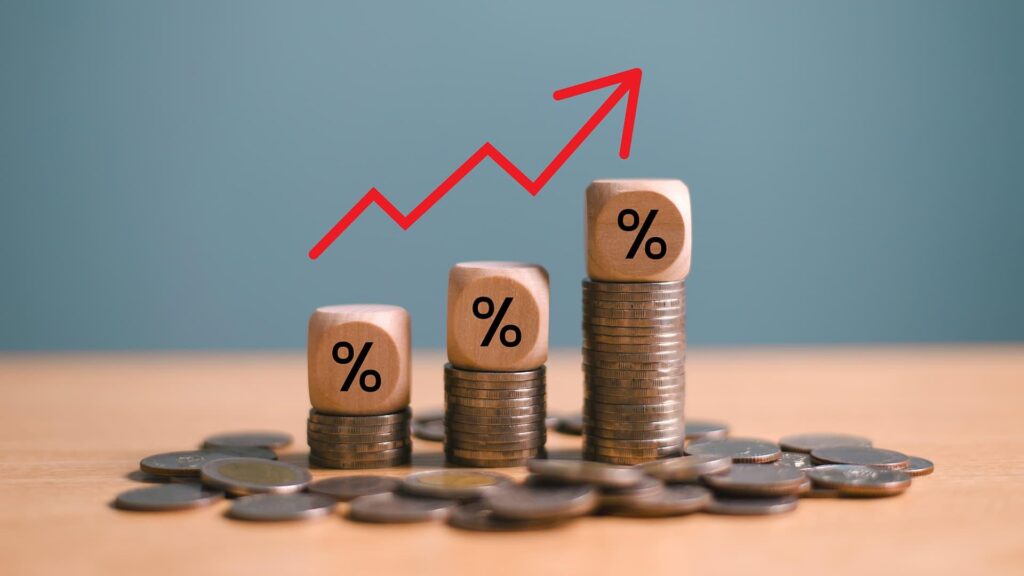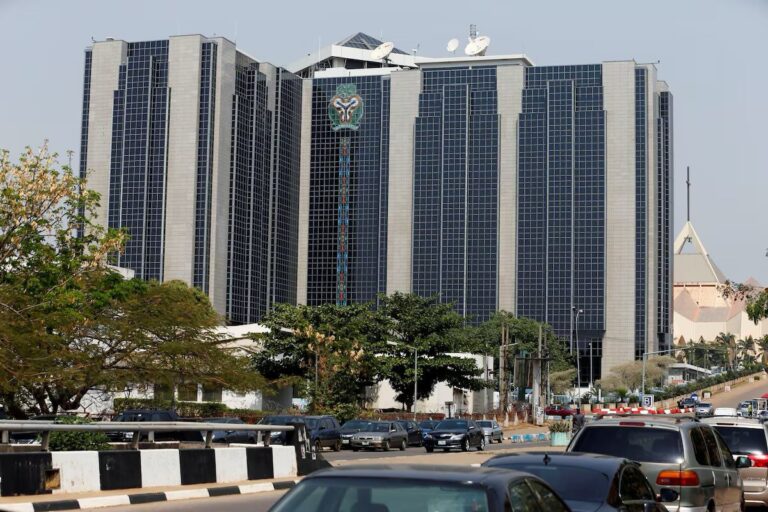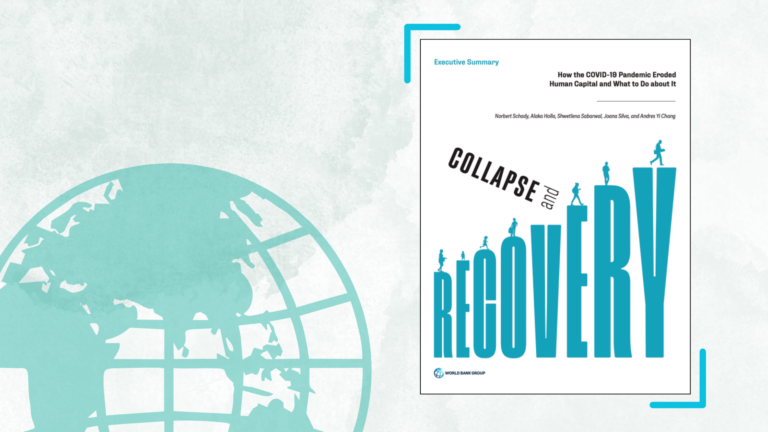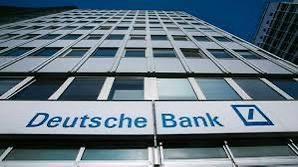Nigeria’s headline inflation rate saw a notable decrease in June 2025, easing to 22.22% from 22.97% in May 2025. This represents a 0.75% decline compared to the previous month’s headline inflation rate. On a year-on-year basis, the June 2025 headline inflation rate was 11.97% lower than the 34.19% recorded in June 2024.
Report from Nigeria Bureau of Statistics (NBS) released today, shows a closer look at the data reveals an uptick in month-on-month inflation. The headline inflation rate for June 2025 was 1.68%, a 0.15% increase from the 1.53% recorded in May 2025. This indicates that “the rate of increase in the average price level was higher than the rate of increase in the average price level in May 2025.”
The Consumer Price Index (CPI) itself rose to 123.4 in June 2025, marking a 2.0-point increase from 121.4 in May. The CPI serves as a key macroeconomic indicator, measuring changes in the average prices of goods and services commonly purchased by consumers, relative to a 2024 base period. The inflation rate is directly computed from this index, representing the relative change in CPI between periods, reported both year-on-year and month-on-month.
Key Contributions to Inflation:
At the divisional level, “Food & Non-Alcoholic Beverages” continued to be the primary contributor to year-on-year headline inflation at 8.89%. Other significant contributors included:
- Restaurants and Accommodation Services: 2.87%
- Transport: 2.37%
- Housing, Water, Electricity, Gas, and Other Fuels: 1.87%
- Education Services: 1.38% * Health: 1.35%
On a month-on-month basis, “Food & Non-Alcoholic Beverages” also led with a 0.67% contribution.


However, the report shows that Urban inflation on a year-on-year basis in June 2025 was 22.72%, a decrease of 13.83% points from 36.55% in June 2024. The urban month-on-month inflation rate increased to 2.11% in June 2025, up by 0.71% from May 2025 (1.40%).
Rural inflation, year-on-year, stood at 20.85% in June 2025, 11.24% points lower than the 32.09% recorded in June 2024. Conversely, the rural month-on-month inflation rate decreased to 0.63% in June 2025, down by 1.2% compared to May 2025 (1.83%).
Meanwhile, year-on-year Food inflation rate in June 2025 was 21.97%, a significant drop of 18.93% points compared to 40.87% in June 2024. This substantial decline is attributed to a “change in the base year.”
However, the month-on-month Food inflation rate in June 2025 increased to 3.25%, up by 1.07% from 2.19% in May 2025. NBS data shows this increase was primarily driven by rising average prices of items such as “Green Peas (Dried), Pepper (Fresh), Shrimps (white dried), Crayfish, Meat (Fresh), Tomatoes (Fresh), Plantain Flour, Ground Pepper, etc.”
Core inflation, which excludes volatile agricultural produces and energy prices, was 22.76% yearon-year in June 2025. This represents a decline of 4.64% compared to 27.4% in June 2024. Monthon-month, core inflation was 2.46% in June 2025, an increase of 1.36% from May 2025 (1.10%).

Across Nigeria, Borno, Abuja, and Benue recorded the highest year-on-year “All Items” inflation rates in June 2025, at 31.63%, 26.79%, and 25.91% respectively. Conversely, Zamfara (9.90%), Yobe (13.51%), and Sokoto (15.78%) experienced the slowest rise in headline inflation on a year-onyear basis.
For month-on-month “All Items” inflation, Ekiti (5.39%), Delta (5.15%), and Lagos (5.13%) saw the highest increases. Meanwhile, Zamfara (-6.89%), Niger (-5.35%), and Plateau (-4.01%) recorded declines in month-on-month inflation. In terms of food inflation, Borno (47.40%), Ebonyi (30.62%), and Bayelsa (28.64%) had the highest year-on-year rates. Katsina (6.21%), Adamawa (10.90%), and Sokoto (15.25%) recorded the slowest year-on-year food inflation. Month-on-month food inflation was highest in Enugu (11.90%), Kwara (9.97%), and Rivers (9.88%), while Borno (-7.63%), Sokoto (-6.43%), and Bayelsa (-6.34%) experienced declines.












